Scale fingerings for the 15 Major Scales: C, G, D, A, E, B, F#, C#, F, Bb, Eb, Ab, Db, Gb, Cb.
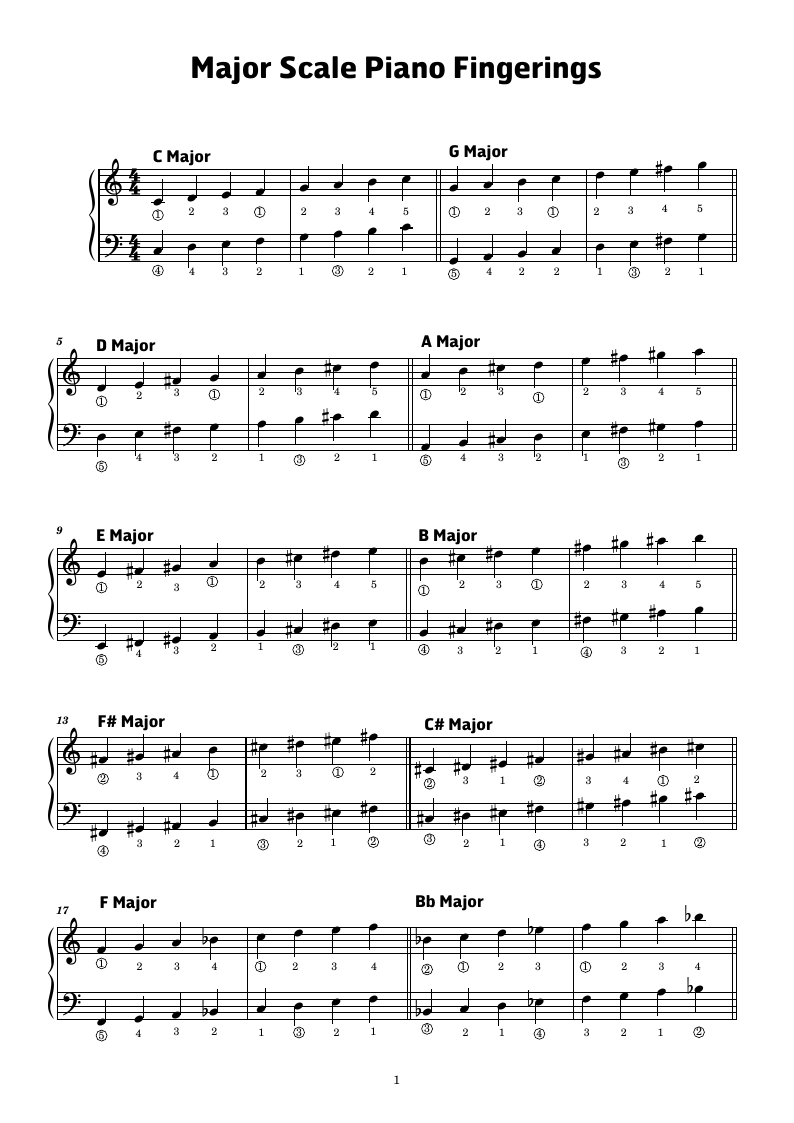
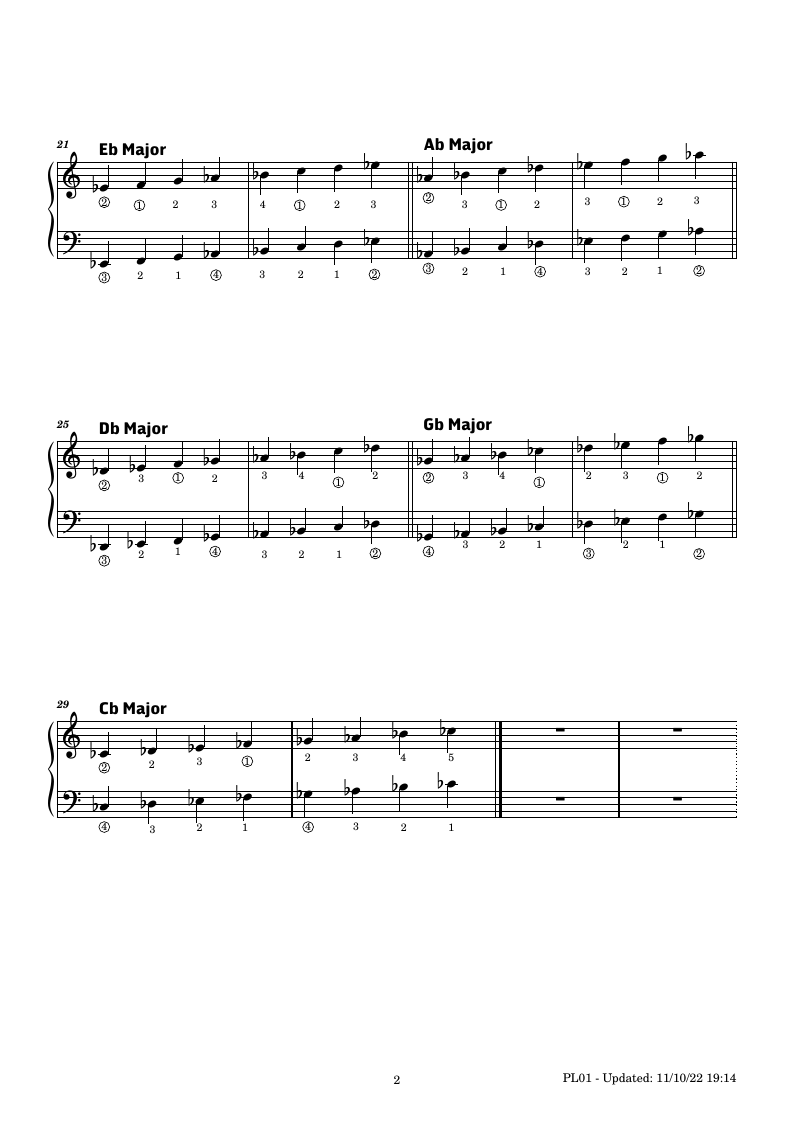


Scale fingerings for the 15 Major Scales: C, G, D, A, E, B, F#, C#, F, Bb, Eb, Ab, Db, Gb, Cb.
Available for Premium Site Access Plans Only
Even just learning just a few of the common major scales is a good goal for any musician regardless of your main instrument.
You might ask Why only 15 major keys in western tonal music?
.
In Western tonal music, there are 15 major keys because of the way the musical system is structured. The major scale is the foundation of tonal music, and it consists of seven different notes, each with its own unique pitch. When you build a major scale, you follow a specific pattern of whole steps ( W ) and half steps ( H ):
W W H W W W H
The 1st major scale is C Major itself (C D E F G A B C`), which has no sharps or flats, making it the most straightforward and fundamental key in Western music. You might have caught that the C was used again, violating our no repeats criteria below, this is to satisfied the need for are ear to hear a finality, a resolution of the scale to it's tonic, in this case C .
Scale fingerings for the 15 Major Scales: C, G, D, A, E, B, F#, C#, F, Bb, Eb, Ab, Db, Gb, Cb.
Available for Premium Site Access Plans Only
Even just learning just a few of the common major scales is a good goal for any musician regardless of your main instrument.
You might ask Why only 15 major keys in western tonal music?
.
In Western tonal music, there are 15 major keys because of the way the musical system is structured. The major scale is the foundation of tonal music, and it consists of seven different notes, each with its own unique pitch. When you build a major scale, you follow a specific pattern of whole steps ( W ) and half steps ( H ):
W W H W W W H
The 1st major scale is C Major itself (C D E F G A B C`), which has no sharps or flats, making it the most straightforward and fundamental key in Western music. You might have caught that the C was used again, violating our no repeats criteria below, this is to satisfied the need for are ear to hear a finality, a resolution of the scale to it's tonic, in this case C .
Major Scale Fingering - Piano
Here's a practical explanation of why there are 15 major keys:
- In Western music system there are seven letters used – the first letter of the alphabet: ( A B C D E F G ). For the FUll DIatonic Major scale a seven are used, in-order with no skips or repeats.
- There are 12 different notes in the Western music system (C, C#, D, D#, E, F, F#, G, G#, A, A#, B) — The Enharmonic Equivalents for F and C for determining the major scales and the associated key. Since the pattern for a major scale consists of seven unique notes, if you started on any of the 12 notes and followed the pattern, you would end up with 12 possible major scales.
- However, to maintain consistent tonal relationships and ensure that each note in the scale has its own unique name (no double sharps or double flats), you can only use certain notes as the starting tonic. These notes are the white keys on a piano, which include the letters A through G without any sharps or flats.
- Therefore, starting on each of these 7 white keys (A, B, C, D, E, F, G) and following the pattern of whole and half steps, you will get 7 unique major scales.
7 (unique starting notes) x 2 (versions of the same scale with Enharmonic Equivalents ) and teh C Major scale = 15 major scales
In summary, there are 15 major keys in Western tonal music because of the combination of the 7 unique starting notes and the requirement for consistent tonal relationships and unique note names in the scales. These 15 keys form the basis of much of Western classical and popular music.
Related Lessons, Videos, Lesson Series, Songs, Books & Reference Charts, Resources & Assets, Workshops are below.
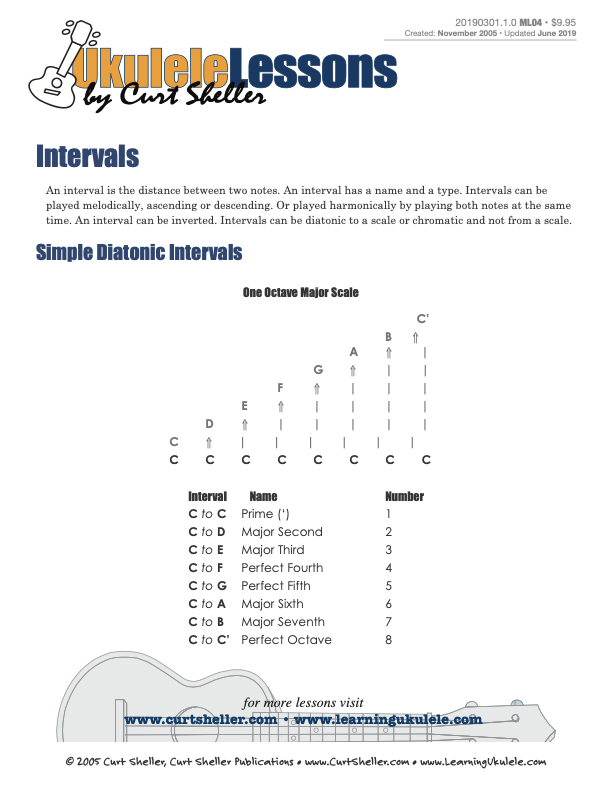
An interval is the distance between two notes. An interval has a name and a type. Intervals can be played melodically, ascending or descending. Or played harmonically by playing both notes at the same time. An interval can be inverted. Intervals can be diatonic to a scale or chromatic and not from a scale.

Harmonic Analysis is the understanding of the functional sequence of chords. It is the process used to analyze the harmonic structure of a progression, song or composition. This analysis is then used to make scale selections for improvisation and chord substitution.
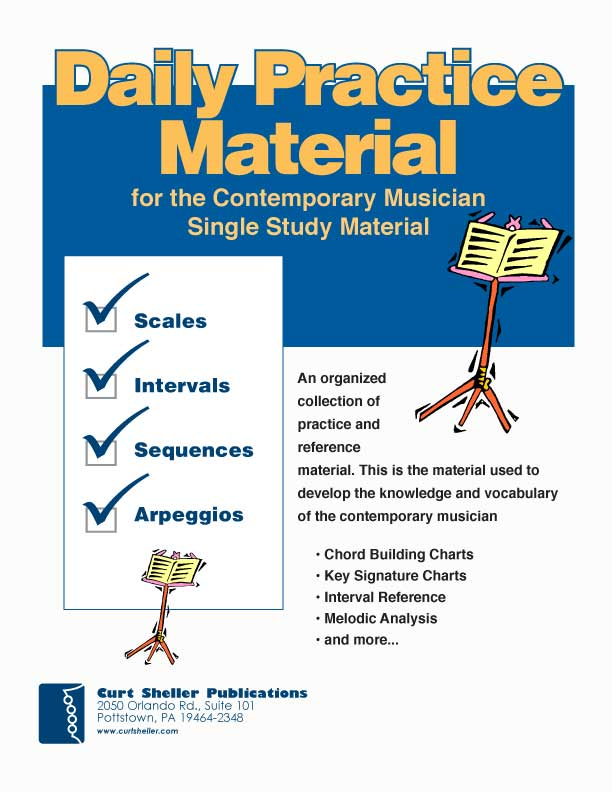
Daily Practice Material for the Contemporary Musician is an organized collection of daily practice and reference material for the contemporary ukulele player. This material can be used to develop the vocabulary and knowledge necessary for single note playing.

Finally, learn the names of the notes of the ukulele fingerboard in C tuning .

Learn the six fingering principles to navigating the ukulele fingerboard. Fingering is one of the most universal topics. Book: Six Secrets of the Ukulele Fingering

Harmonic Analysis is the understanding of the functional sequence of chords. It is the process used to analyze the harmonic structure of a progression, song or composition. Book: Harmonic Analysis for Scale Selection and Chord Substitution

Learn to read single note melodies in the first/open position is a lot easier than you might think. Book: Ukulele – Reading Music Series – Primer

An organized collection of daily practice and reference material for the contemporary ukulele player for developing the vocabulary and knowledge necessary for single note playing. Book: Daily Practice Material for the Contemporary Ukulele
Checkout the Books & Reference Charts for additional Handy, Dandy Reference Charts.

Ukulele Fingerboard Chart for C Tuning, Low or High G – G C E A

Ukulele Fingerboard Chart for G Tuning, Low or High A – D G B E

A handy reference chart of all 15 major and relative minor key signatures. US Letter 8.5 x 11 sized (ANSI-A), A4
Checkout the Books & Reference Charts for additional Handy, Dandy Reference Charts.

MuseScore file of the lesson. MuseScore is a scorewriter for Windows, macOS, and Linux supporting a wide variety of file formats and input methods. It is released as free and open-source software under the GNU General Public License. MuseScore is accompanied by a freemium mobile score viewer and playback app, and an online score sharing platform.



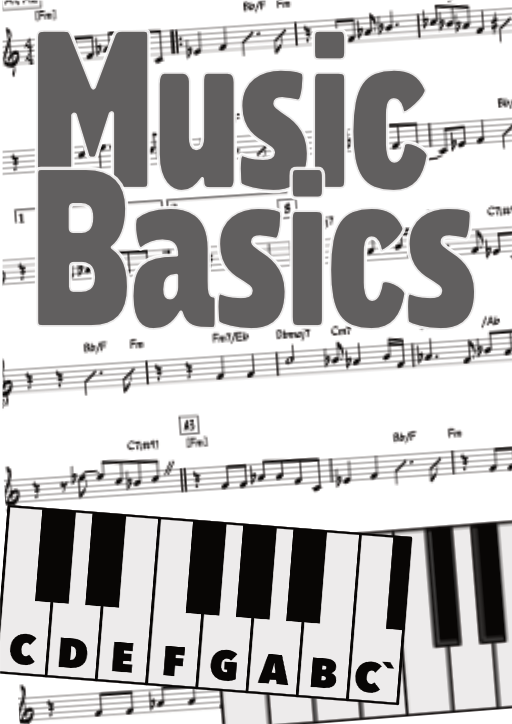



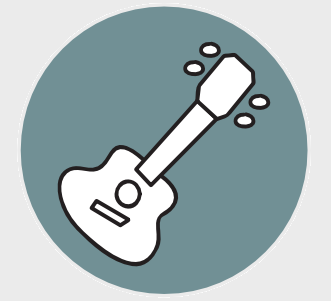
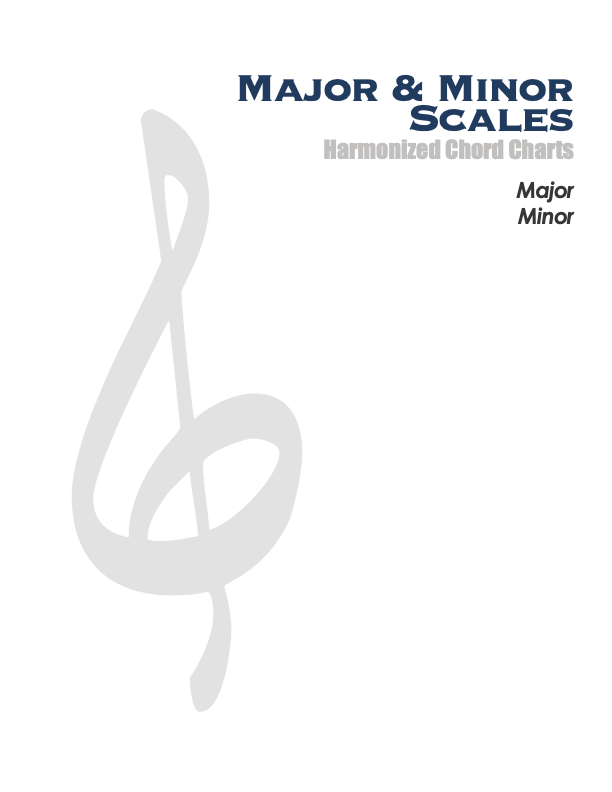
.jpg)